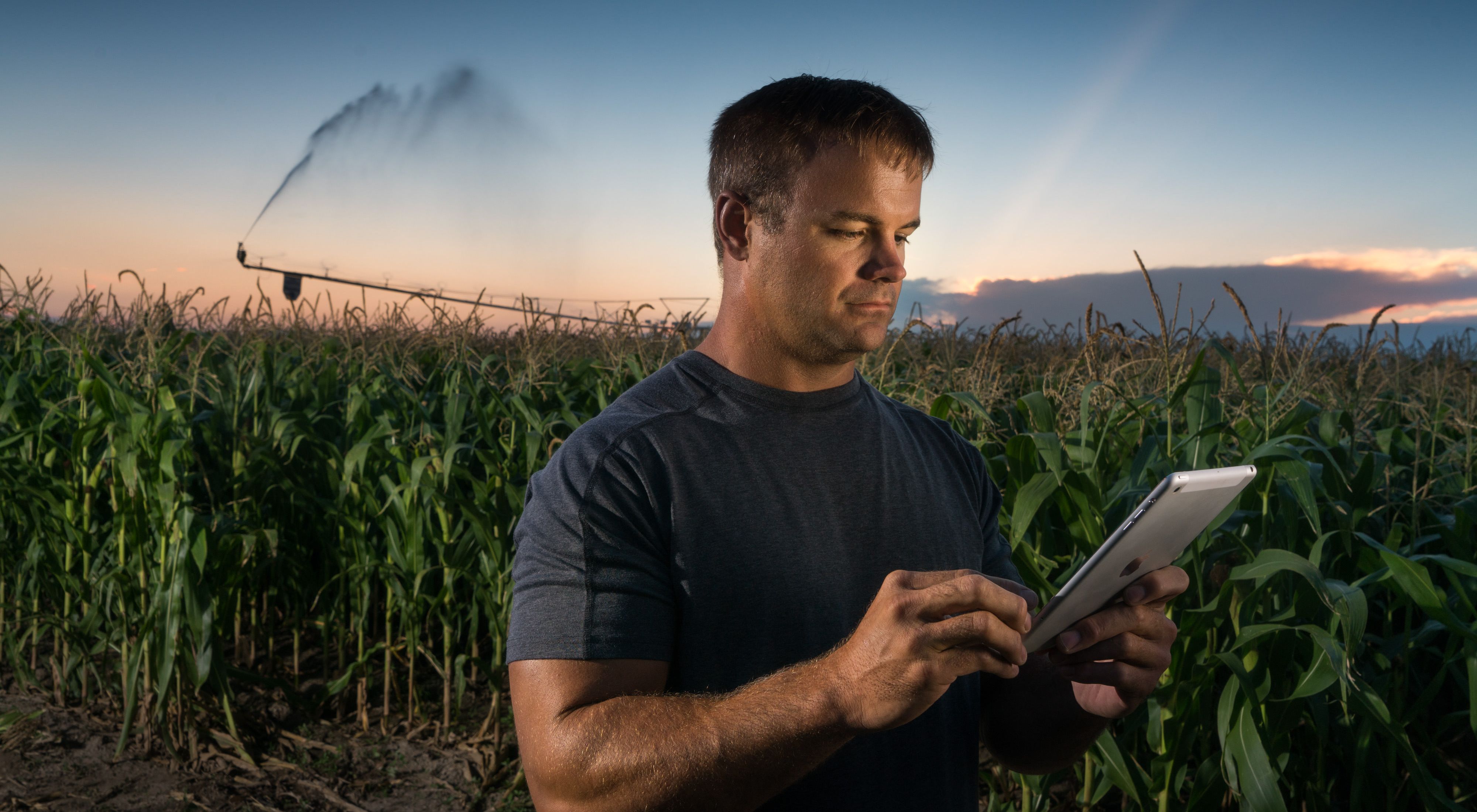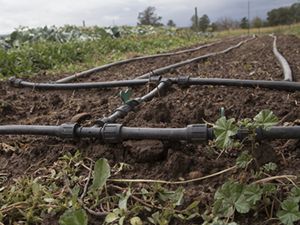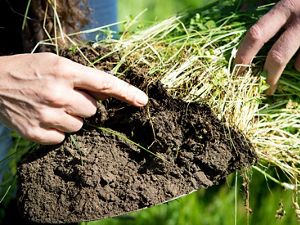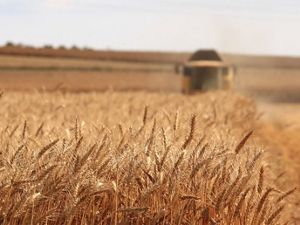Precision Agriculture: Potential and Limits
By David Cleary, Director of Agriculture, The Nature Conservancy
Working on the interface between agriculture and conservation is usually an incremental thing: diligent and patient work over the long-term—gradually bending the curve in the right direction. But precision agriculture may in fact be different.
I came to this conclusion having seen a project in western Nebraska in the United States in which farmers were using new technology to reduce water and fertilizer use by at least 20 percent. Most importantly and interestingly, this had no impact on yields. That’s when I began to think of precision agriculture or smart technology as a game-changer.
This technology is being marketed and adopted for its impact on the bottom line, to save money. Conservation benefits come as a collateral benefit, but one which we should take note of.

The Promise
Digital technology applied to farm machinery and cloud-based information is making farming seem like science fiction in some places. Drones buzz over the landscape monitoring crop conditions and spotting problems, like pest infestations or weeds. Farmers receive personalized weather information which predicts how rainfall will vary from one field to the next. Soils are mapped at a level of precision unimaginable only a few years ago, and sensors tell farmers exactly how much water is being used at thousands of different data points.
The cabins of farm machinery are filled with GPS systems and drivers no longer drive. Instead, they sit in the cabin checking screens that control the appliances, which move across fields delivering precisely measured quantities of inputs in precisely the best place, at programmed times, in perfectly straight lines or contoured to the land—whatever the data determines will give the best yield.
All this innovation goes under the generic name of precision agriculture, and the results can be game-changing. Greater precision means water, fertilizer and other inputs can be reduced with no impact on yield. It is sustainable intensification in action: output increasing while environmental impacts, especially around water and fertilizer use, go down. That means more production, less water used, less nutrient run-off and higher water quality. In most places, fertilizer run-off is the main factor behind water pollution and coastal dead zones. What’s not to like?
The Problem
The issue isn’t with the technologies that make up precision agriculture, but the business model behind them. When it works, it is spectacular, but it only works in a few places—where farmers can pay for them. Precision agriculture is sophisticated but it doesn’t come cheap.
The companies that sell it recover development costs from farmers with deep pockets, who make the investment because they work on a scale that makes it economically viable. Neither is it simple to operate or to service precision technologies. Farmers need to be well-educated, or depend on an extensive network of third party providers. None of this applies to where precision agriculture is actually often most desperately needed—where resources and inputs are scarce, farmers are poor, and lives are on the line. How to get the benefits of precision agriculture spread more broadly around the world is probably the most important question right now because, just maybe, the future of the world food system could depend on it.

The Urgency
Precision agriculture is an obvious change for the better for farming. There is clear evidence that where precision agriculture is widely used, water and fertilizer use can go down by somewhere between 20 percent and 40 percent with no impact on yields, and even increased yield in some cases. Farmers who use precision agriculture do so on cost-benefit grounds.
Delivering exactly the right inputs in the right amounts at the right time in the right places could radically reduce the demand for new land by helping us operate much more efficiently on the land we already have. Increased efficiency is also central to us getting greater resilience from our food system, which it will need to endure the impacts of climate change. The only real question is how to make it accessible and available at scale to make the immediate conservation impact we so urgently need.
Originally Posted on The Chicago Council on Global Affairs
March 29, 2017
Global Insights
Check out our latest thinking and real-world solutions to some of the most complex challenges facing people and the planet today.



